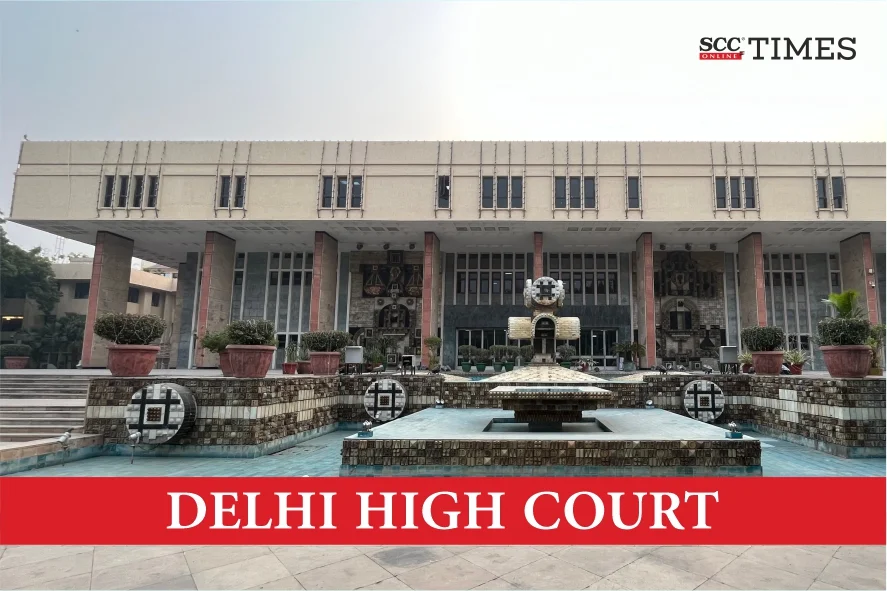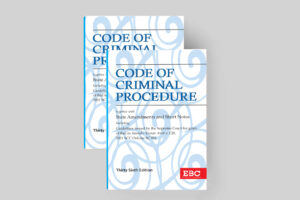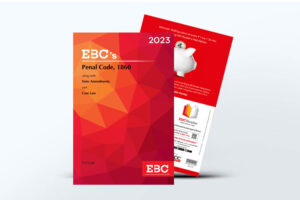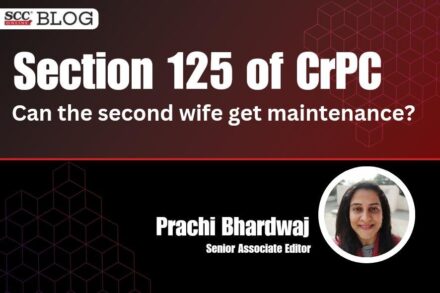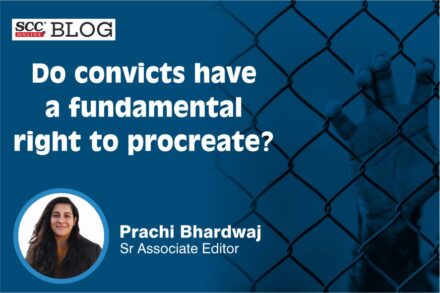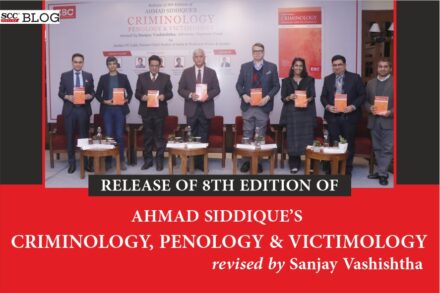Delhi High Court: In a petition filed for quashing the FIR dated 06-10-2017, registered for offences under Section 498-A1 and 342 of the Penal Code, 1860 (‘IPC’), Amit Mahajan, J., noted the increasing tendency of implicating the husband and his family in matrimonial litigation in a number of cases. While the provision of Section 498-A of IPC was introduced with an object to combat harassment meted out to married woman, but it was abysmal to note that the same was now also being misused as a tool to harass the husband and his family members and gain a leverage.
The Court stated that in matters such as this, where vague allegations were made against the husband, that too belatedly, in the Court’s opinion, continuation of proceedings would amount to an abuse of the process of law. Thus, the Court quashed the aforementioned FIR, and all consequential proceedings arising therefrom.
Background
The present FIR was registered at the best of Respondent 2 (‘wife’) against petitioner (‘husband’) and his family members alleging harassment on the ground of demand for dowry and for not returning her stridhan. The marriage of the husband and wife was solemnized on 25-12-2011 and it was alleged that Rs. 10 lakhs were spent in the marriage.
As per the allegations, the husband, and his family, including, his father, mother, and brother, started taunting his wife, that even though the husband earned Rs. 6 lakhs/month and they had gotten many marriages offers for him, but they got him married to the wife as they thought her father, who was a government officer, would match their status.
It was further alleged that the husband’s family stated that they were expecting a Honda City car, but her father had not even gifted a bike. It was alleged that the husband and his family members used to taunt the wife that her father was a greedy person as he had given no gold items, bike, or car to them. It was alleged that the husband and his father also made allegations against the wife that she was a characterless woman, and she was not given back her stridhan despite several requests.
However, the husband submitted that he had been falsely implicated in the present case. He submitted that the present FIR was preferred against the husband and his family members to hide wife’s adulterous conduct. He submitted that the parties had separated after he found the photos of his wife with another male person. He submitted that the parties had decided to take a mutual divorce before a biradri panchayat. Thereafter, a divorce petition was preferred jointly by the parties. He submitted that the allegations in the FIR were vague and general in nature, and continuation of proceedings against him would be an abuse of the process of the Court.
Analysis, Law, and Decision
The Court stated that in case it was found that the proceedings were manifestly frivolous or vexatious or were instituted with the ulterior motive of wreaking vengeance, this Court ought to look into the FIR with care and little more closely. The High Court could look into the attending circumstances emerging from the record of the case and could read between the lines. If the allegations were far-fetched and it appeared that Section 498A of IPC was misused, the Court could interfere while exercising powers under Section 4823 of Criminal Procedure Code, 1973.
The Court referred to Achin Gupta v. State of Haryana, 2024 SCC OnLine SC 759, and stated that in the present case also, sweeping and omnibus allegations were levelled against the husband. No date or time or particulars of the alleged instances of demand for dowry or harassment were specified in the FIR. The Court stated that when quashing of a FIR was sought on the ground that the proceedings were manifestly frivolous, this Court owed a duty to look beyond the allegations into ancillary circumstances as well.
The Court noted that when the wife’s father made a complaint to the SHO of the police station on 09-05-2015, he alleged that the husband and his family had threatened to misuse the alleged obscene photos and videos of complainant for defaming the wife’s family. However, the Court noted that no such allegations related to such threats were made in the FIR. Further, on 09-05-2015, no specific incident of harassment by the husband for dowry was spelled out. Thus, the Court found merit in the husband’s contention that the allegations were an afterthought and counterblast to the divorce petition.
The Court noted that on 23-08-2019, the husband had obtained a divorce decree on the ground of cruelty, where it was observed that the wife wasinvolved in voluntary physical intimacy with her boyfriend, and the wife had not challenged the same.
The Court noted the increasing tendency of implicating the husband and his family in matrimonial litigation in a number of cases. While the provision of Section 498-A of IPC was introduced with an object to combat harassment meted out to married woman, but it was abysmal to note that the same was now also being misused as a tool to harass the husband and his family members and gain a leverage. The Court stated that such matters were now filed in the heat of the moment on advice of counsel by exaggerating and misconstruing actual events. However, this did not mean that genuine cases of harassment didn’t exist.
The Court stated that it was not blind to the ground reality of the deeply rooted social evil of greed for dowry, due to which, numerous victims were subjected to unspeakable conduct and harassment. However, in matters such as this, where vague allegations were made against the husband, that too belatedly, in the Court’s opinion, continuation of proceedings would amount to an abuse of the process of law. Thus, the Court quashed the aforementioned FIR, and all consequential proceedings arising therefrom.
[X v. State (NCT of Delhi), 2025 SCC OnLine Del 811, decided on 07-02-2025]
Advocates who appeared in this case:
For the Petitioner: Sanchar Anand, Advocate;
For the Respondents: Manoj Pant, APP for the State. SI Vinit, PC Subroto Park. Anurag Sharma, Advocate.
Buy Code of Criminal Procedure, 1973 HERE
Buy Penal Code, 1860 HERE
1. Corresponding Section 85 of Bharatiya Nyaya Sanhita, 2023 (‘BNS’)
2. Corresponding Section 3(5) of BNS
3. Corresponding Section 528 of Bharatiya Nagarik Suraksha Sanhita, 2023


